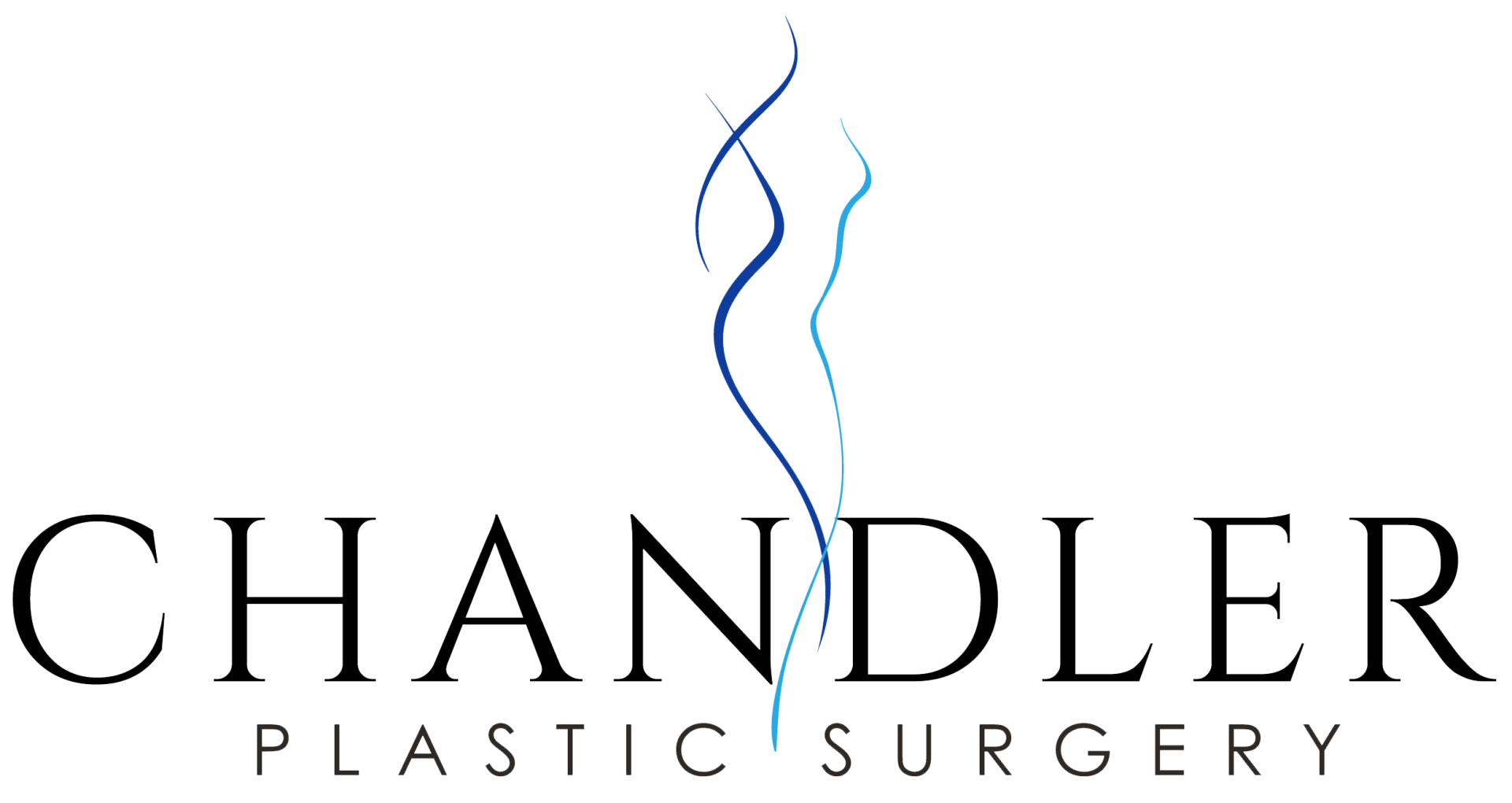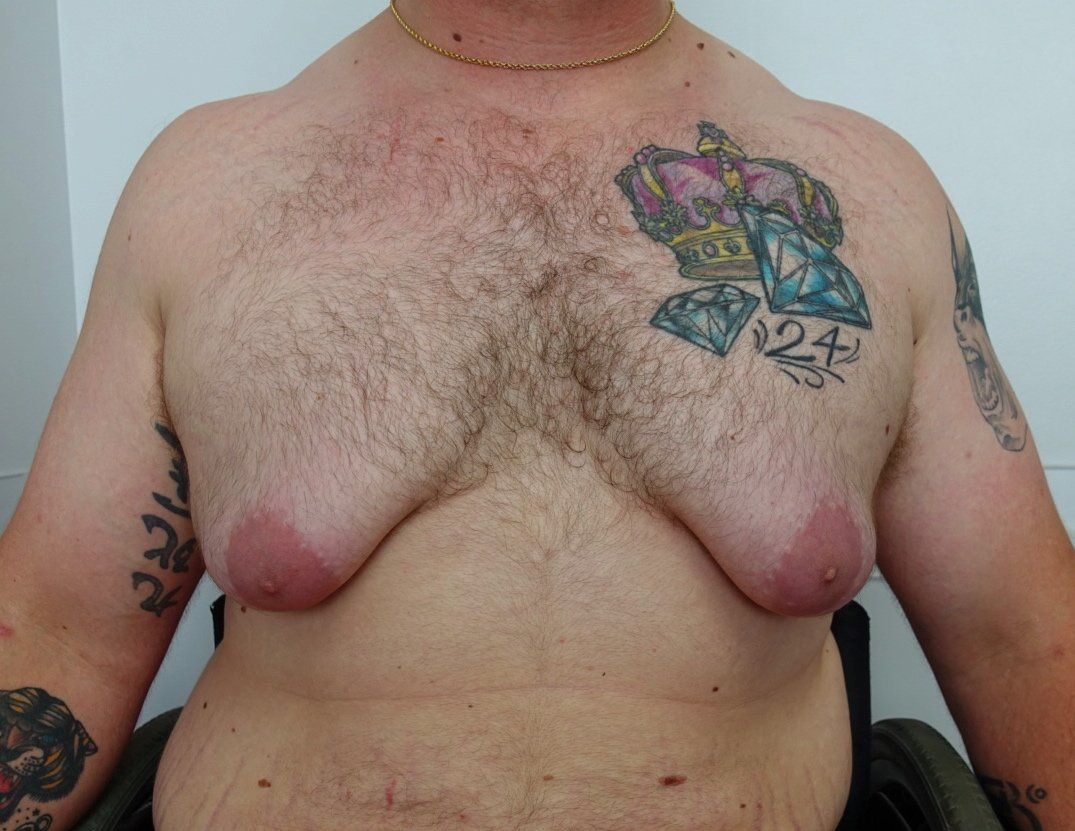GYNECOMASTIA
Gynecomastia Repair in Fairfield County
Gynecomastia is enlargement of breast tissue in males. This is most commonly ideopathic, meaning that the cause is unknown. Many baby boys have transient gynecomastia from circulating maternal estrogens, which resolves. In puberty, over 60% of males have some gynecomastia due to temporary imbalance of estrogen and testosterone, and this also usually resolves. In older men, a gradual decline in testosterone can cause gynecomastia as well. Gynecomastia that does not resolve has many possible contributing factors. One of these is a systemic disease involving the adrenal gland, liver, pituitary, thyroid gland or kidneys, or a tumor that is secreting hormone. Medications and drugs that can contribute to gynecomastia include spirinolactone, stilbestrol (an antiandrogen), isoniazid, chlorpromazine, anabolic steroids, marijuana, diazepam, nifedipine, cimetidine, ranitidine, and HAART therapy.
During your consultation, you will be asked about the onset and duration of enlargement, symptoms of pain or discharge and history of any weight loss or weight gain. You will also be asked about any changes in your lifestyle or medications that may coincide with symptom onset. There are many possible causes of gynecomastia, and often it is difficult to pinpoint the exact cause. It is useful to discuss these possible causes, because removing them from the equation can help prevent recurrence. You will also need lab work to measure your hormone levels and make sure that there is no underlying hormonal imbalance contributing to the breast tissue growth, and this can involve seeing an Endocrinologist.
A popular grading scale is used to classify and guide treatment for gynecomastia:
- Grade 1 - minimal breast gland enlargement with no skin excess
- Grade 2 - moderate breast gland enlargement with mild skin excess but no downward displacement of the nipples
- Grade 3 - severe breast gland enlargement with skin excess causing downward displacement of the nipples
The surgical treatment plan depends on the amount and extent of breast gland enlargement and the amount of skin excess contributing to downward displacement of the nipples. Grade 1 gynecomastia may be treated with liposuction only or direct excision of breast tissue through an incision around the areola. Sometimes liposuction can be done alone for grade 2 gynecomastia, but the amount of skin retraction is sometimes unpredictable, and there may be a need for a second stage procedure to remove excess skin. If there is a significant amount of excess skin with downward displacement of the nipple (such as in grade 3 gynecomastia), an elliptical excision pattern may be required. This excision pattern would place the scar along the inferior fold of the upper chest, and this is often combined with a free nipple graft (meaning the nipple is taken off the chest wall and replaced in a new position). Free nipple grafting is ideal for chest wall contouring, but comes with the downside of lost nipple sensation.
Gynecomastia Aftercare
Initially after surgery, you will wear an ace wrap around your chest, then after a week you may switch to a compression vest. You will have two drains, one on each side of the chest. Activity restrictions include no strenuous activity or heavy lifting >5 lbs for 6 weeks.
GYNECOMASTIA Q&A:
What lab work is important to receive as part of the Endocrinology work up?
Serum testosterone, LH, estradiol, dehydroepiandosterone, TSH, T3, HCG, FSH
What are the risks of gynecomastia repair?
Risks inclue scarring
, nipple asymmetry, contour abnormality, fluid collections, wound healing complications, loss of nipple sensation bleeding, infection
, numbness, blood clots and need for revision
surgery.
Is there any risk of breast cancer involved?
1% of all breast cancer occurs in men, so although it is rare, it can happen. The breast tissue excised during gynecomastia surgery is always sent for pathologic analysis to rule out any breast cancer in the tissue. There is a significant increase in breast cancer risk in patients with Kleinfelter's disease, which is a rare genetic disorder causing tall height, hypogonadism, gynecomastia and sometimes problems with speech.





